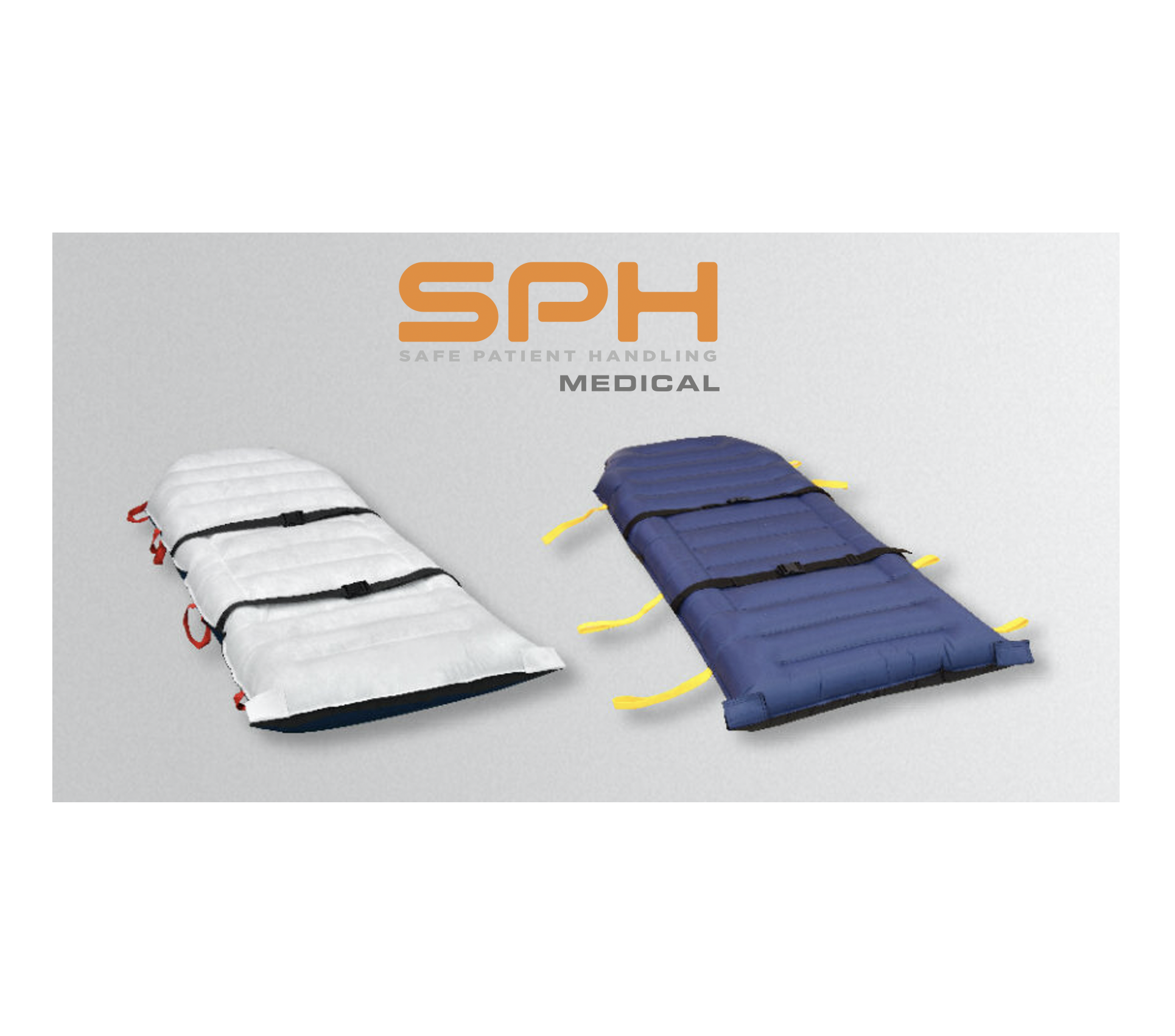Epidural anesthesia blocks pain sensation in a given region of the body and provides analgesia. The EPD improves safety for both staff and patients and increases and comfort for patients. An Epidural blocks impulses from lower spinal segments leading to reduced pain sensation in the lower part of the body. Most epidural pain relief medications are local anesthetics and are administered in combination with opioids like fentanyl.
How Epidural Pain Relief Works?
Local anesthetics are directed into the epidural space. EPD is mainly used during childbirth, management of chronic sciatica and back pain. Specialists will optimize the care to suit the needs of a particular patient.
The spinal cord carries electrical impulses between nerves and the brain. Therefore, injection of local anesthetics into the epidural space of the lower back blocks pain sensation on the leg and pelvic area.
Your anesthetist can assess the amount of feeling lost based on the type and concentration of the administered medications. However, before the effect wears off, you may not move your legs or hands.
The passing of urine will also be a challenge because the sensation that the bladder is full is absent. However, you will have a catheter to help you pass urine while on the epidural.
Preparing for the Procedure
The anesthetist will guide you on how to prepare for an epidural. It is contraindicated in patients with a history of blood clots or conditions affecting the lower back and nervous system. In addition, it is vital to tell the anesthetist if you are on blood thinners like clopidogrel, warfarin, and aspirin. During the process, you may remain awake, but you can also receive a sedative to help you relax.
Epidurals are effective in managing pain during labor. First, the anesthetist will request the patients to lie on their sides for proper medication administration, with their knees drawn up to their tummies and their chin tucked in. The patient can also sit on the bed while leaning forward. All these positions open up the vertebral space.
Epidural Pain Relief and Patient Safety
When it comes to the safe positioning of the patient and reducing risks of injuries to the caregivers like nurses, an epidural positioning device is vital. It reduces medical staff injuries and keeps patients safe. The device is the most widely employed in positioning for a variety of procedures.
The epidural chair is an example of a manual positioning device. It involves the medical staff placing the patient’s feet on the chair first and then inserting pillows underneath the upper body. Patients support their weight on the cushions.
The epidural chair has a solid foundation that can’t move easily. Instead, it provides an adjustable foot platform and locks into position to secure every patient for the procedure.
The device encourages lumbar, thoracic, and cervical flexion. In addition, it helps in epidural pain relief for pain during labor.
Benefits of Epidural Positioning Device
Some of the benefits associated with the device over the manual EPD include:
1. Lowers Risk of Complications
There is an increased risk of complexities because of the unique taxing nature of positioning in epidural procedures and spinal blocks. In the absence of a reliable and ergonomic solution like an epidural positioning device, health workers may have to use their bodies in positioning the patients and ensuring that they are secure.
The latter may cause physical injuries to the health care worker because the patient may become violent due to the intense pain. On the other hand, patients rely on pillows, but they voluntarily move when the pain becomes severe. Hence, compromising the process.
2. Eliminates Risk of Injury
Whether in preoperative settings, operating rooms, or other areas in the hospital, caregivers and nurses are having to manually position the patients for the epidural procedure. It involves the caregiver holding the stool, the table, and the patient using their body during the procedure.
The aim is to reduce movements from patients that may cause injuries. However, the act puts the assistant or nurse in a risky situation and may cause musculoskeletal injuries. Studies have revealed that awkward static holds carried out regularly cause musculoskeletal disorders. Nurses are the number one at risk profession for a MSDO and the EPD is a simple yet highly effective solution to reduce this risk.
The effects of an epidural pain relief wear off within two hours. You will be free of drowsiness associated with general anesthetics.















